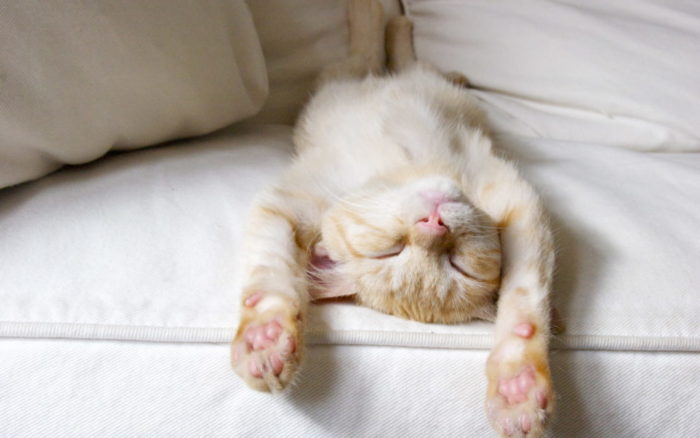Jun 03 2019
Should You Nap?
 Some cultures routinely have a siesta after lunch. Is napping in the middle of the day good for you or bad? The short answer is – it depends. However a new study adds further evidence for a possible benefit to the mid-day nap, at least for elementary school children.
Some cultures routinely have a siesta after lunch. Is napping in the middle of the day good for you or bad? The short answer is – it depends. However a new study adds further evidence for a possible benefit to the mid-day nap, at least for elementary school children.
Let’s start with the concerns about napping, which has to do with “sleep hygiene.” Sleep hygiene refers to behaviors that optimize sleep quality, such as avoiding bright light late at night, going to bed with an empty stomach and bladder, and keeping a consistent schedule. One item on the good sleep hygiene list has been to avoid napping during the day. The problem with napping is that it makes it more difficult to fall asleep at night, which can result in a net loss of total sleep and sleep quality.
But it turns out the real answer is more nuanced. Some studies, such as this Spanish study in favor of siestas, show that a 30 minute light nap in the early afternoon is actually a net benefit, including improved memory, performance, and a reduction in stress. In 1995 NASA conducted a study and found that 26 minutes was the optimal time for their pilots to nap in order to optimize performance.
The features of a beneficial nap, therefore, include a limit on time to around half an hour. They also include (and this is probably a linked feature) lightly napping only – not falling into a deep sleep. The deep sleep is more likely to interfere with sleep onset at night. Also, the nap needs to be early in the afternoon, at least four hours prior to when you want to sleep at night. It should also be part of your routine schedule.
So in this sense the “power nap” has some validity. Take a short 30 minute (or 26 minute if you want NASA precision) nap early in the afternoon on a routine basis, but be careful not to nap too long or too deeply. If you have sleep onset problems, then be especially careful and at that point you probably should consult your physician.
Another variable, however, is age. Sleep changes over the course of our lifetime, both physiologically and because of changing life situation. School-age children often get too little sleep, and this has prompted a separate discussion about school start times. High school in the US in particular starts very early, and delaying the start time seems to improve performance. Maybe, however, we can just let kids nap after lunch for 30 minutes.
This brings us to the new study, looking at 3819 elementary school children from the China Jintan Cohort Study. They found:
Overall, napping was significantly associated with higher happiness, grit, and self-control, reduced internalizing behavior problem, higher verbal IQs, and better academic achievement, although specific patterns varied across frequency and duration for different outcomes. More limited significant associations were found for decreased externalizing behavior problems, compared to non-nappers, while no significant associations were found for performance IQ and metabolic outcomes.
So some mixed results, but overall positive. It does lend some support to the notion that a siesta is a net positive in the right context.
The bigger issue here is the recognition of how important sleep is. As a society we really need to prioritize sleep, for individuals, for groups of people, and as a whole. Shift work, for example, is terrible for sleep and there is no real fix for this, except to stop the practice. School times, daily schedules, and work schedules should all take sleep into consideration. In fact, the CDC has declared sleep disorder a public epidemic. This fits my own professional observations – many of my patients have poor sleep. They also take it for granted, and often don’t report it until asked. They underestimate the negative effects of chronic sleep deprivation, and the effects it can be having on the very medical problem they are seeking help for.
Chronically poor sleep, in other words, is a massively under-recognized problem that has negative effects on physical health, mental health, and performance. Perhaps bringing back the nap, within proper parameters, could be a partial solution.






